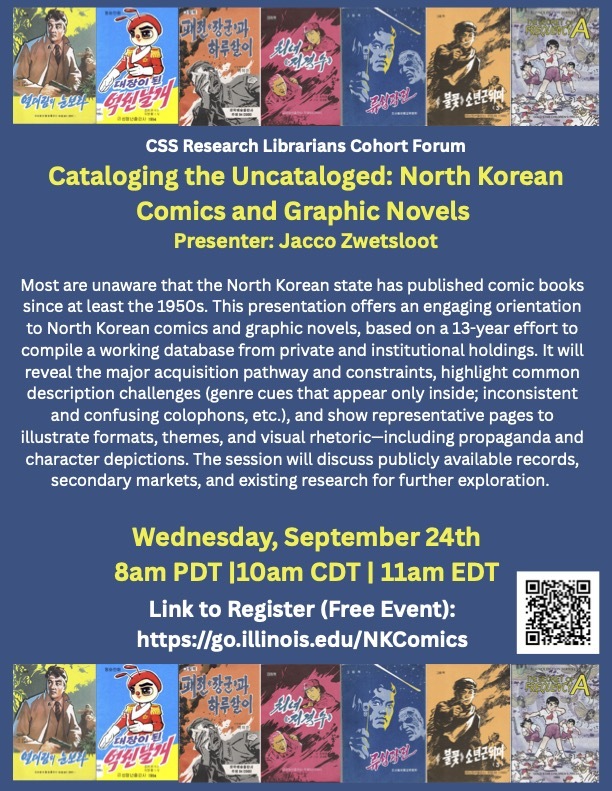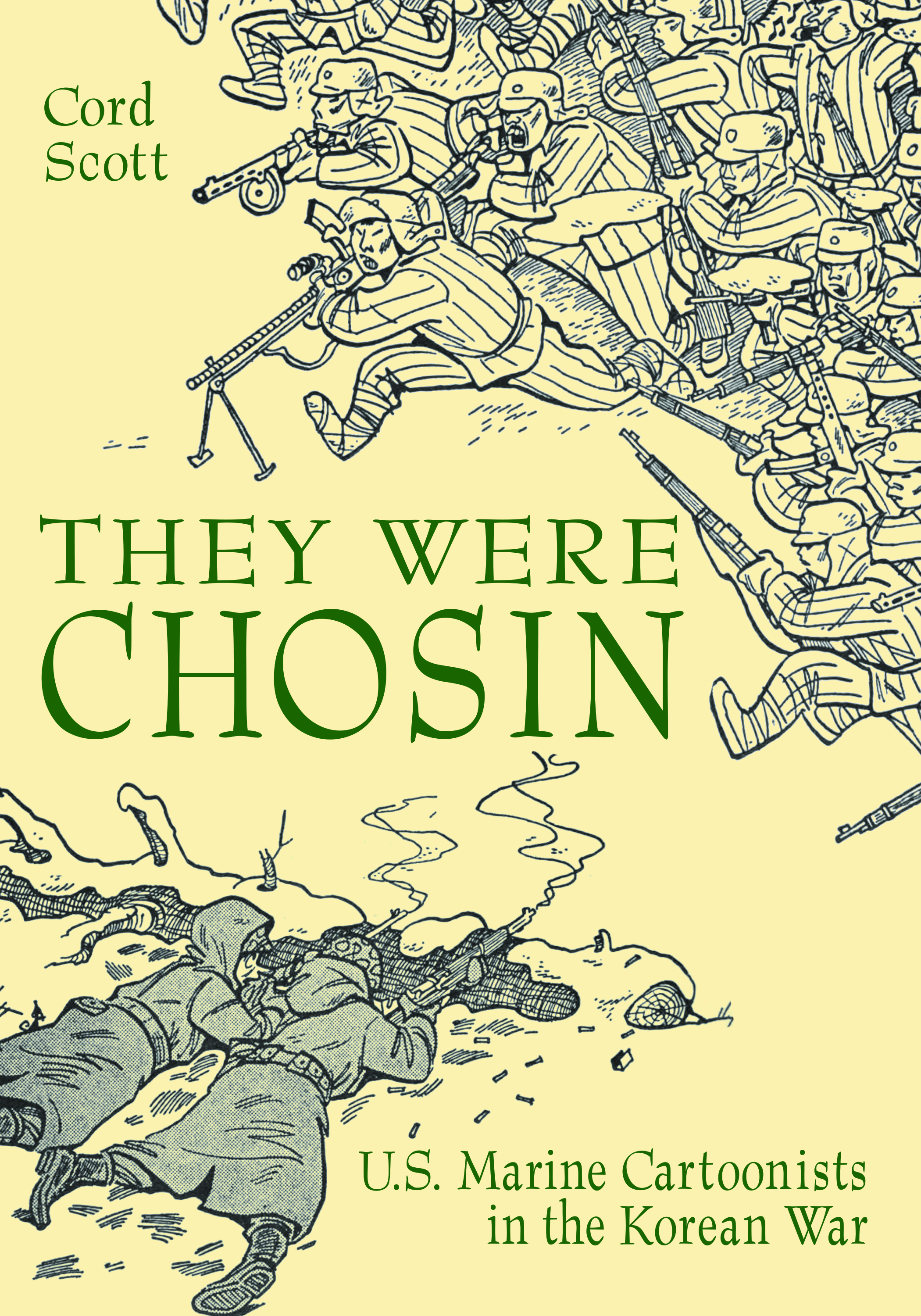Paul Cornell and Rachel Smith. Who Killed Nessie? Avery Hill Publishing, 2025. https://averyhillpublishing.bigcartel.com/product/who-killed-nessie-by-paul-cornell-rachael-smith-preorder
The early study of folklore (in the nineteenth century) focused heavily on collecting traditions and classifying them into various genres, and further on developing indexes of those genres, which included narratives such as legends, myths, and folktales. A century of this scholarship followed in the footsteps of Jacob and Wilhelm Grimm, whose works on legends (German Legends, 1816/1981) and myths (Teutonic Mythology, 1835/1966) are not quite as well known as their fairy tales. The differences between these genres have never been settled to the satisfaction of all the scholars who work in the field, but they have attained a general currency outside academic work. Among the various narratives we can find stories of creatures such as elves and other hidden folk in Scandinavia, fairies in the British Isles, mine, forest and household spirits in Germany, and other assorted goblins. As ethnographic inquiry took root in the new world, Asia, and Africa, creatures such as Bigfoot, the Yeti, and the various Yokai became common knowledge. The stories of these beings, once documented from local folklore, entered popular tradition in a range of discourse that encompasses television, cinema, and literature—including comic books. The generic terms employed by folklorists to mean very different types of stories began to function, in popular culture, more or less identically, connoting a traditional origin and a sort of nebulous history that only vaguely attaches them to specific cultures, and only then at national levels. What has formed over the end of the twentieth century and the opening decades of the twenty-first is a pantheon of creatures, often now called cryptids, that are generally accepted to be part of human heritage, and appropriated by creators into Euro-American fiction. Think of the Vertigo series Fables (Willingham et al. 2002-2015) or the Shrek (d. Adamson and Jenson, 2001) animated films.
 |
|
Fig. 1. The Beast of Bodmin Moor explains the global distribution of the cryptids to Lindsay during the first night of the convention. |
So it is not surprising to find a story in which the Loch Ness Monster exists alongside the Wendigo, or the Cyclops talking to Bigfoot, or a jackalope next to Baba Yaga. A wyvern consorting with Slender Man seems slightly incongruous, but there they stand in the pages of Paul Cornell and Rachael Smith’s Who Killed Nessie? a crowdfunded graphic novel on Zoop acquired by British publisher Avery Hill for print publication. The story might be best described as a cozy mystery, with a limited—though large—cast of characters (see Fig. 1). The book is relatively short at just under 100 pages of story material, with a pared-down art style and simply rendered colors that fit a middle-grade aesthetic, despite telling an adult story.
 |
|
Fig. 2. Lindsay Brockle arrives at the Wisconsin hotel to begin her new job. |
Who Killed Nessie? is set during a cryptid convention at an isolated motel on a lake in northern Wisconsin (see Fig. 2). Lindsay Grockle—the human protagonist—arrives at the hotel as a new employee, only to be left alone to tend to the convention attendees because the other employees do not want to handle the strangeness of it all. At first Lindsay thinks that the convention-goers are wearing costumes, but soon she learns that the people staying at the hotel for the weekend are in fact the cryptids themselves. She learns the truth of the matter when the Beast of Bodmin Moor (a figure of English legend) intrudes upon her sleep to get her to solve the murder of the Loch Ness Monster. Lindsay at first thinks she is dreaming, but her acceptance of the existence of the cryptids takes only a couple of pages. Initially, she insists she can’t help, but a Hippodrake convinces her of their need, so she takes the case. From there, the story follows the structure of the mystery, with suspect interviews, red herrings, and several twists.
Some liberties have been taken with the cryptids. For example, the Beast of Bodmin Moor is, by all accounts, black—thought to be an escaped panther or puma; in Who Killed Nessie? it takes the form of a tannish, shape-shifting cat with a bushy, striped tail—perhaps a British Shorthair. The Hippodrake, which appears in the comic as a serpentine horse with horns and an ectoplasmic mane, does not seem to be a genuine cryptid at all, but rather a type of dinosaur. But that’s the folklorist in me searching for authenticity where it isn’t necessary. The popular tradition is inclusive, not exclusive. It can include characters from the Wizard of Oz as well as Tengu from Japanese folklore. The story plays loosely with recorded tradition. The Cyclops, for example, claims to be part of the story of Jason and the Golden Fleece, so readers are left to wonder if Cornell accidentally conflated the Argonautica with the Odyssey, or simply wanted the reference in the story for a joke: Jason got fleeced.
A lot of the mythology is played for comedy. The unicorn slut-shames other females. The minotaur confesses to eating the sacrifices in the labyrinth, but only because there were no vegetarian options. Lindsay uses a squeaky toy to bribe Cerberus so she can get into the underworld. Much of the humor is also sexual in nature, which is what makes this an adult comic despite the absence of graphic depictions of violence or sex.
 | ||
| Fig. 3. Despite their common lot in life, the cryptids don’t all get along. The Yeti is frustrated with the fairies for many things, including eating Yeti-flavored potato chips. |
There are rules to this world—for example, upon death, the monsters vanish and reappear in their homeland. Though Nessie dies in Wisconsin, her body washes up on the shore of Loch Ness in Scotland. There’s backstory, too, about how the convention started in the first place. Human encroachment caused the cryptids to seek help. Fairies (see Fig. 3) employed magic to keep the creatures hidden, but the creatures had to sign a contract in order to be made “mythological” or “legendary,” ostensibly so that human beings will “respect [them] again” (53) According to one fairy, the creatures go out of their way to be noticed, creating what she calls parasocial relationships with humanity.
The creators develop a system for how the cryptids’ existences work, allowing Lindsay to explore suspects who reveal that system in bits and pieces along the way. The system incorporates many academic terms that have diffused into popular culture. There’s a mummy with no recollection of his living identity; he calls himself an archetype, caught up in the fairy spell, which effectively makes him immortal. He tells her that the cryptids that might be real animals can be killed, but “the more archetypal creatures” will come back to life (64).
Cornell also incorporates an awareness of the processes of folklore. The Jersey Devil, from the east coast of the United States, keeps changing form and complains about its conditions: “You just try livin’ without a proper legend of your own,” it says, “with everyone thinking you’re somethin’ different!” (45). Variation of this sort results from the fluidity of oral tradition, since there is no canonized version of any story.
Myth, fairy tale, and legend converge in a popular tradition that postulates a fictive world in which all of them are real. Cornell and Smith use this trope, which has become more and more common across media, perhaps an inevitable outgrowth of popularized academic work such as Joseph Campbell’s The Hero with a Thousand Faces (1949). Most likely, Cornell and Smith are using literary renditions of these characters, but despite the presence of a literary or cinematic tradition, Who Killed Nessie? demonstrates that the stories of these popular characters, like the folklore from which they arise, will keep changing.
Bibliography
Campbell, Joseph. The Hero with a Thousand Faces. Princeton University Press, 1949.
Grimm, Jacob, and Wilhelm Grimm. The German Legends of the Brothers Grimm. 4 volumes. Translated and edited by Donald Ward. 1981.
Grimm, Jacob. Teutonic Mythology. 2 volumes. Trans. James Stallybrass. Dover Publications, 1966.
Willingham, Bill, and others. Fables. DC Comics, 2002-2015.
















